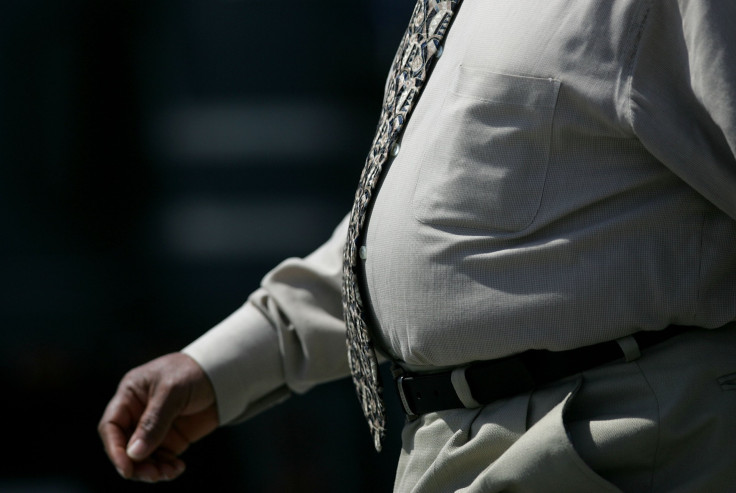Number Of US States With 'High' Obesity Almost Doubled In Just 2 Years: CDC
KEY POINTS
- There were more states with a high prevalence of obesity in 2020 than in 2018
- All states had over 20% of the adults with obesity
- Adults aged 45 to 54 had the highest prevalence rates
The number of U.S. states that have a "high" prevalence of obesity among its residents nearly doubled from 2018 to 2020, new data from the Centers for Disease Control and Prevention (CDC) have shown. "Comprehensive effort" is needed to address the current challenges, according to the agency.
The adult obesity prevalence was collected based on self-reported weight and height data, the agency noted in a news release Wednesday. From 2018 when there were just nine states with an adult obesity prevalence of 35% or higher, in 2019 this increased to 12 and even jumped to 16 in 2020.
These states included Alabama, Arkansas, Delaware, Indiana, Iowa, Kansas, Kentucky, Louisiana, Michigan, Mississippi, Ohio, Oklahoma, South Carolina, Tennessee, Texas and West Virginia. Among them, Delaware, Iowa, Ohio and Texas were new to the list.
That said, "all states and territories had more than 20% of adults with obesity," the 2020 Adult Obesity Prevalence Map for all 50 states, the District of Columbia and two U.S. territories showed. For instance, Colorado, Hawaii, Massachusetts and the District of Columbia had 20% to less than 25% of adults with obesity while 11 states had a 25% to 30% prevalence.
"The Midwest (34.1%) and South (34.1%) had the highest prevalence of obesity, followed by the West (29.3%), and the Northeast (28.0%)," the map noted.
By age -- adults aged 45 to 54 had the highest prevalence rates while those aged 18 to 24 had the lowest self-reported obesity. And when it comes to the level of education, the agency found that the prevalence actually "decreased by level of education," with college graduates having the lowest prevalence and those without a high school degree "or equivalent" having the highest.
The agency also found "notable" racial and ethnic disparities.
"The 2020 maps show that obesity impacts some groups more than others," the CDC noted. "There are notable differences by race and ethnicity, as shown by combined data from 2018-2020."
"Systemic inequities and socioeconomic factors contribute to higher rates of obesity among certain racial and ethnic populations," Trust for America's Health noted in a news release in its "State of Obesity: Better Policies for a Healthier America" report, which is based partly on the new CDC data.
Overall, this is quite problematic as obesity increases the risks for health issues, from stroke to type 2 diabetes and some cancers, the CDC noted. It may even lead to poorer mental health. Moreover, the CDC previously noted that obesity increases an individual's risk of having a severe illness from COVID-19, even tripling the risk of hospitalization from the infection.
"To change the current course of obesity will take a sustained, comprehensive effort from all parts of society," the agency noted. "We will need to acknowledge existing health disparities and health inequities and address the social determinants of health such as poverty and lack of health care access if we are to ensure health equity."
"The epidemic of obesity is an urgent problem in the U.S. and has worsened during the COVID-19 pandemic," Trust for America's Health President and CEO J. Nadine Gracia, MD, MSCE said in the news release. "What is needed are transformational policies and bold investment in programs that reduce health inequities and address the social and economic conditions that are barriers to access to affordable, healthy food and physical activity."

© Copyright IBTimes 2025. All rights reserved.






















